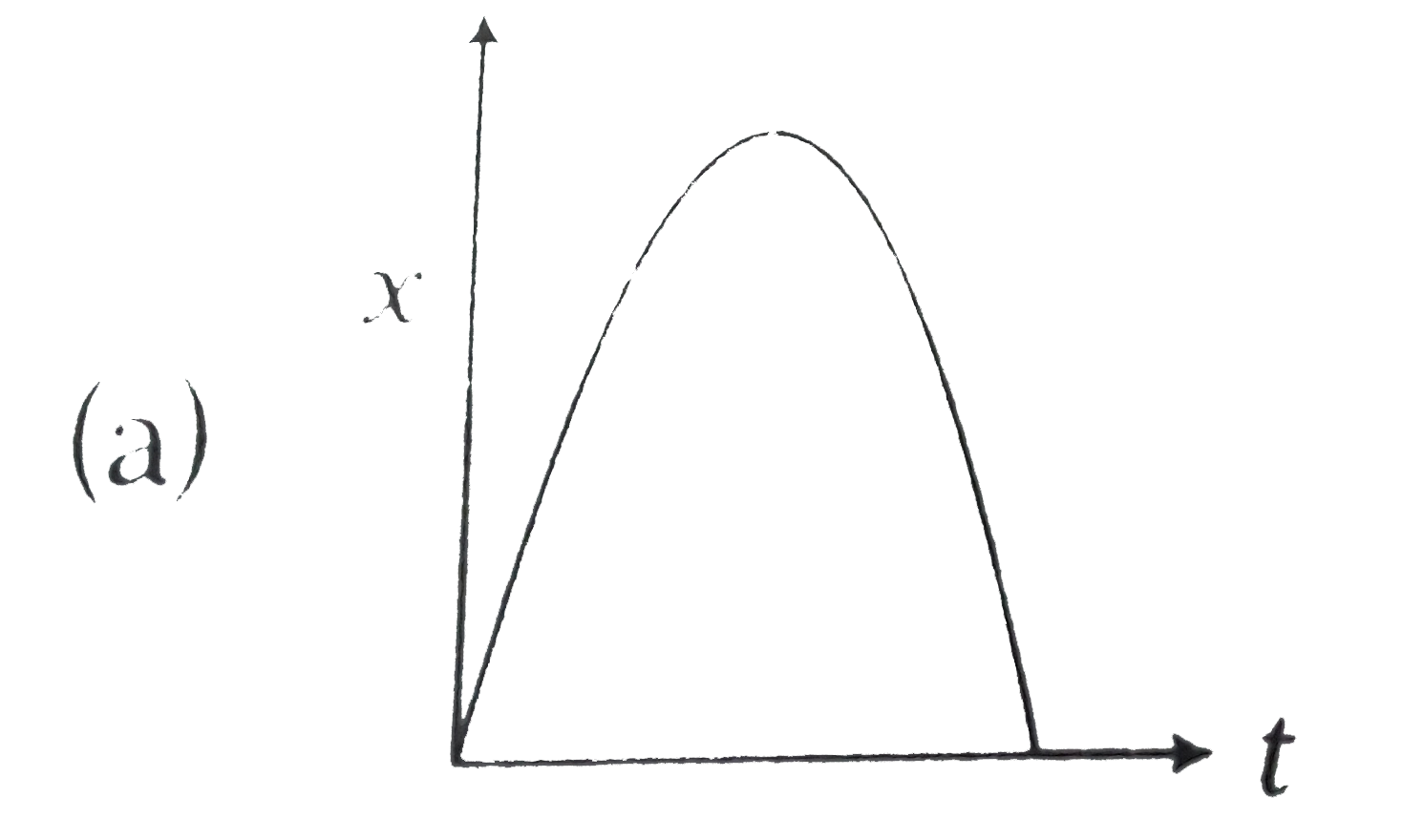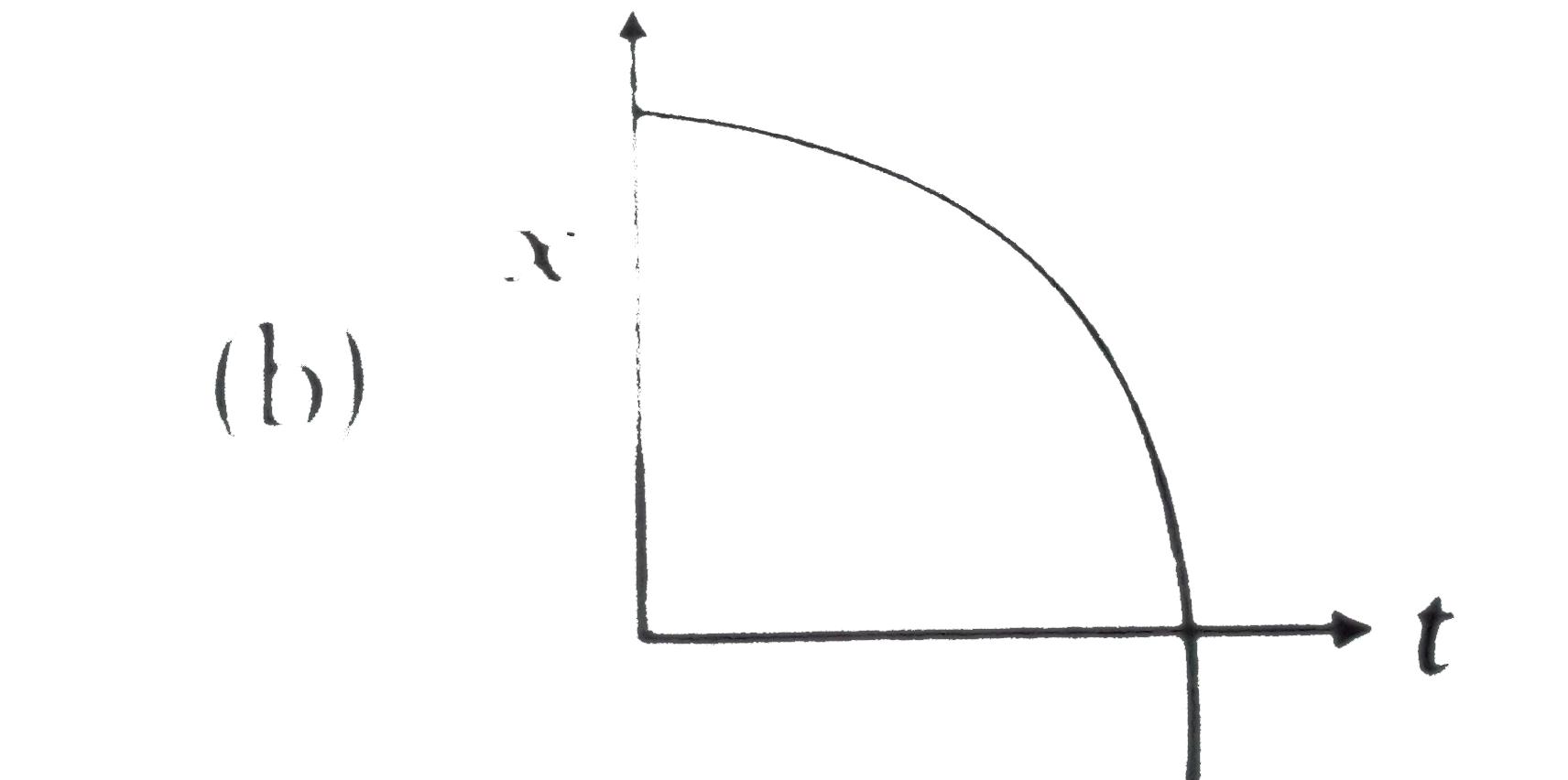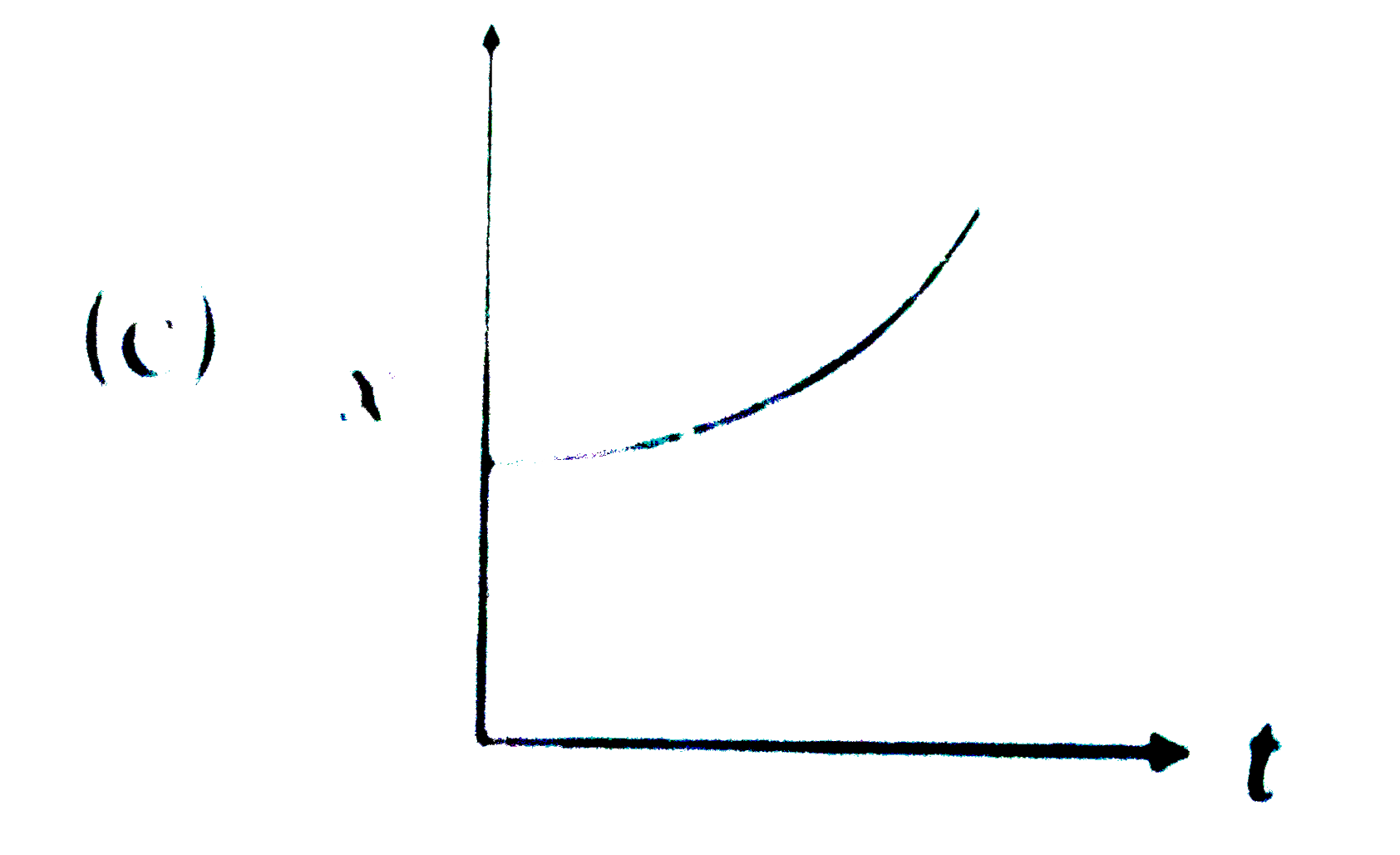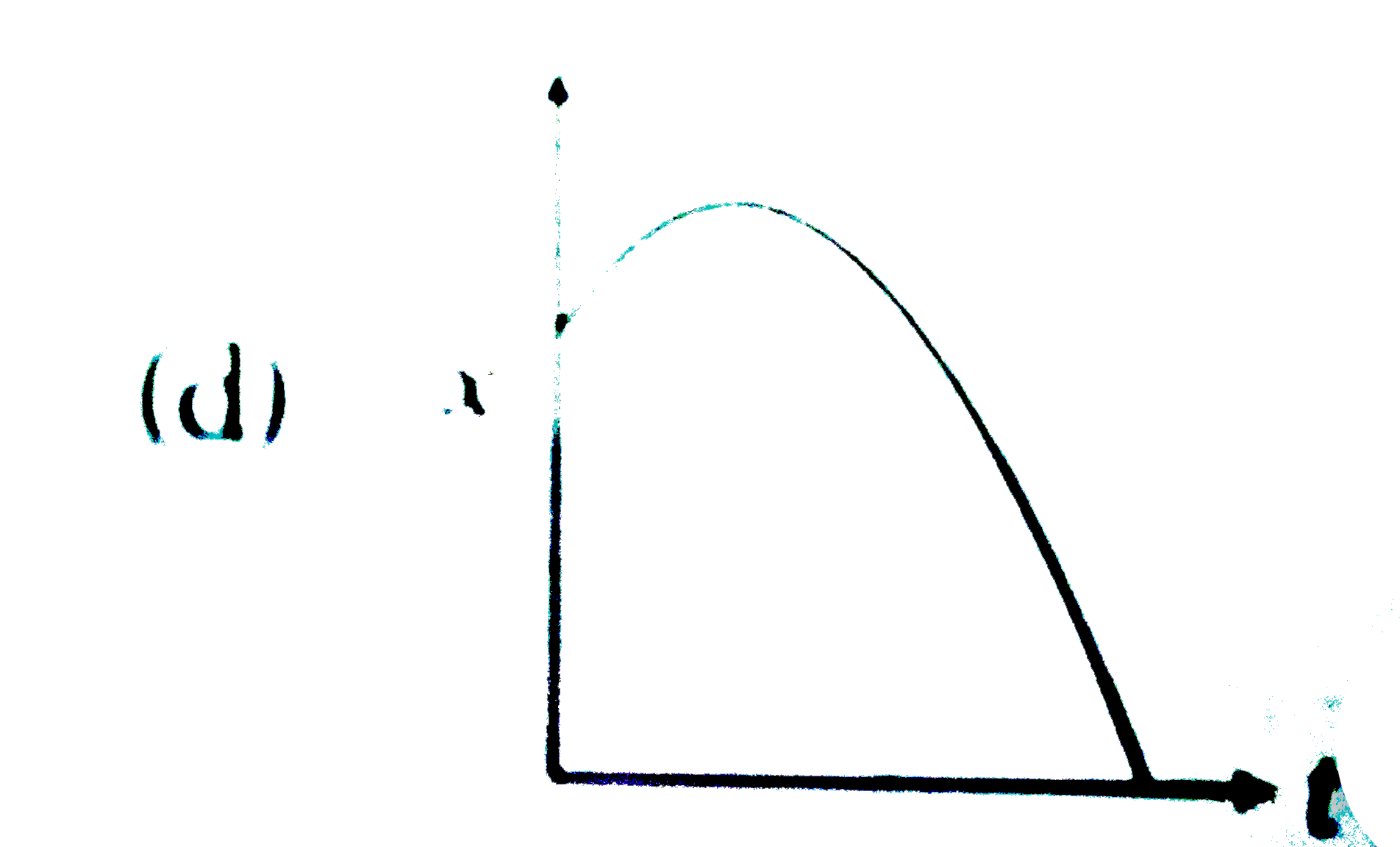The distance travelled by a particle in a straight line motion is directly poroportional to t1/2, where t is the time elapsed.
Increasing acceleration
Decreasing acceleration
Increasing retardation
Decreasing retardation
The correct Answer is:D
s=kt1/2⇒ad2sdt2=−14kt−3/2
As t increase, retardation decrases.
Topper's Solved these Questions
- BOOK - CENGAGE PHYSICSCHAPTER - KINEMATICS-1EXERCISE - Graphical Concept17videos
KINEMATICS-1
- BOOK - CENGAGE PHYSICSCHAPTER - KINEMATICS-1EXERCISE - Graphical cancept1videos
KINEMATICS-1
- BOOK - CENGAGE PHYSICSCHAPTER - KINEMATICS-1EXERCISE - Subjective29videos
KINEMATICS-1
- BOOK - CENGAGE PHYSICSCHAPTER - GRAVITATIONEXERCISE - INTEGER_TYPE1videos
GRAVITATION
- BOOK - CENGAGE PHYSICSCHAPTER - KINEMATICS-2EXERCISE - Exercise Integer9videos
KINEMATICS-2
Similar Questions
The distance travelled by a particle in a straight line motion is directly proportional to t^(1/2) ,where t = time elapsed.The nature of motion is
View SolutionAssertion : Distance-time graph of the motion of a body having uniformly accelerated motion is a straight line inclined to the time axis.
Reason : Distance travelled by a body having uniformly accelerated motion is directly proportional to the square of the time taken.View Solution
Knowledge Check
- Question 1 - Select One
The distance s travelled by a particle moving on a straight line in time t sec is given by s=2t3−9t2+12t+6 then the initial velocity of the particle is
A6B−9C12D11 - Question 2 - Select One
The displacement x of a particle in a straight line motion is given by x=1−t−t2. The correct representation of the motion is
A B
B C
C D
D
- Question 3 - Select One
The distance travelled by an object along a straight line in time t is given by s=3−41+5t2 , the initial velocity of the objectis
A3 unitB−3 unitC4 unitD−4 units
The velocity of a particle moving in a straight line is directly proportional to 3/4th power of time elapsed. How does its displacement and acceleration depend on time?
View SolutionThe position of a particle moving on a straight line is proportional to the cube of the time elapsed. How does the acceleration of the particle depend on time elapsed?
View SolutionThe distance travelled (in meters) by the particle from time t = 0 to t = t will be –
View Solution2.The velocity-time (v-t) graph for a particle in straight line motion is given below the corresponding acceleration time graph will be?
View SolutionIf the distance s travelled by a particle in time t is s=asint+bcos2t, then the acceleration at t=0 is
View Solution

